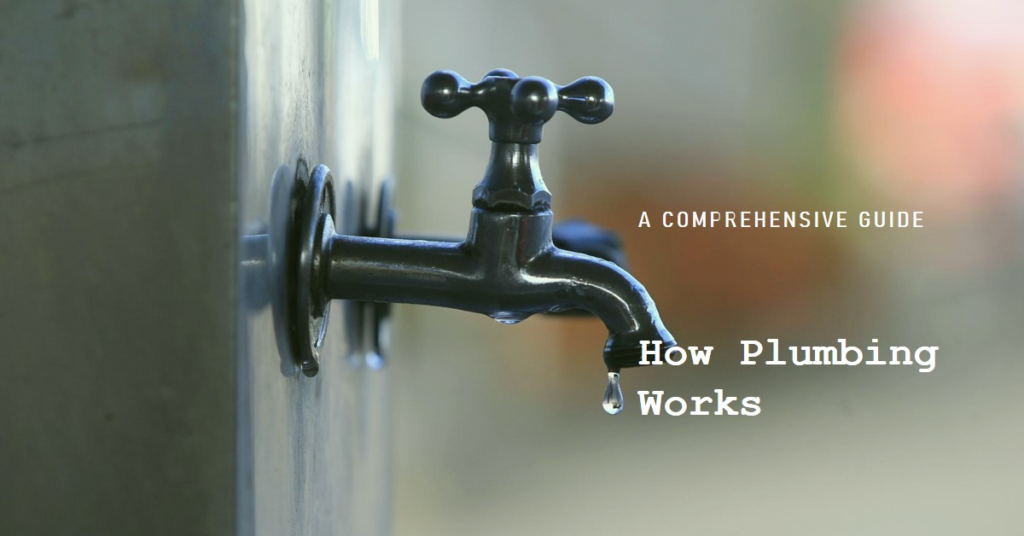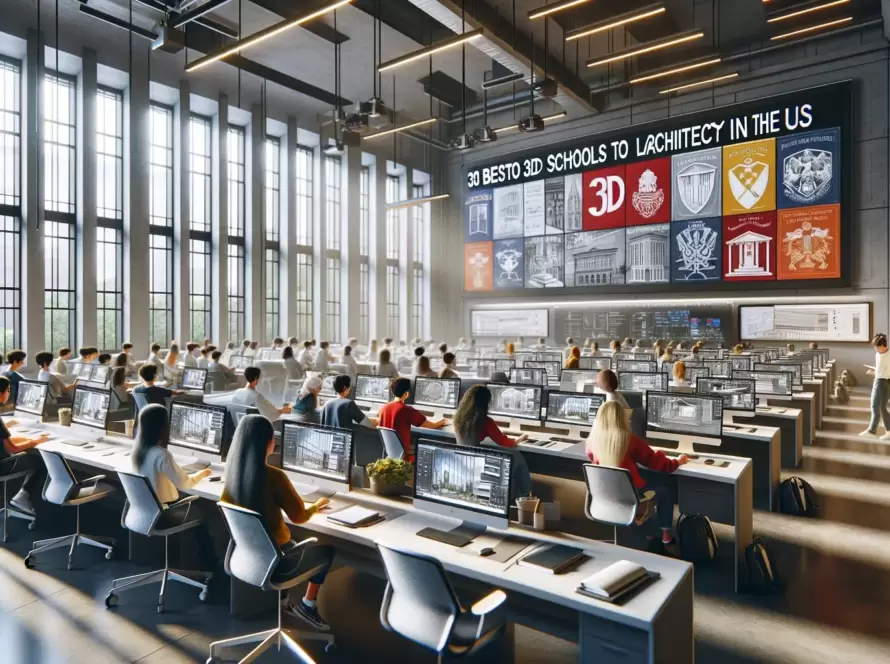
Table of Contents
- Introduction:
- The Foundation: Understanding Plumbing Systems
- Pipes and Fittings: The Circulatory System of Plumbing
- Valves: The Gatekeepers of Water Flow
- Fixtures: The End Points of a Plumbing System
- Drainage and Venting: The Unsung Heroes
- The Role of Traps: Keeping Unwanted Odors at Bay
- Plumbing Maintenance: Ensuring Longevity and Efficiency
- Innovations in Plumbing: The Future is Now
- DIY Plumbing: When to Call a Professional
- Conclusion: Embracing the Complexity of Plumbing
Introduction:
Plumbing is a critical aspect of modern life, providing us with the essential service of water delivery and waste removal. Despite its significance, many people overlook the complexity and ingenuity behind plumbing systems. This guide aims to demystify plumbing, offering a detailed exploration of how it works, from the basics to advanced concepts.
The Foundation: Understanding Plumbing Systems
Plumbing systems are composed of two subsystems: one that brings fresh water into the home, and another that removes wastewater. These systems are interconnected yet function independently to ensure efficient water usage and waste disposal. Freshwater enters the home through pressurized pipes, while wastewater is removed by gravity-fed drainage pipes.
Moreover, plumbing systems incorporate various components, including pipes, fittings, valves, and fixtures. Each component plays a crucial role in maintaining the system’s integrity and functionality. For instance, pipes transport water, fittings connect pipes, valves control water flow, and fixtures deliver water to the end user.
Pipes and Fittings: The Circulatory System of Plumbing
Pipes are the backbone of any plumbing system, available in various materials such as copper, PVC, and PEX. Each material has its unique advantages and applications. Copper pipes, known for their durability and corrosion resistance, are often used for both hot and cold water supply. In contrast, PVC pipes, which are lightweight and easy to install, are typically used for drainage and vent systems.
Fittings, on the other hand, are essential for connecting pipes and directing water flow. They come in numerous shapes and sizes, including elbows, tees, couplings, and unions. Proper selection and installation of fittings are crucial to ensure a leak-free and efficient plumbing system.
Valves: The Gatekeepers of Water Flow
Valves are pivotal in controlling the flow and pressure of water within a plumbing system. They allow homeowners and plumbers to shut off water to specific areas for repairs or maintenance. Common types of valves include gate valves, ball valves, and check valves.
Gate valves are often used in main water supply lines because they provide a reliable way to stop water flow. Ball valves, with their simple quarter-turn operation, are ideal for areas where frequent shut-off is needed. Check valves, which allow water to flow in only one direction, prevent backflow and protect the system from contamination.
Fixtures: The End Points of a Plumbing System
Plumbing fixtures are the visible components of a plumbing system, such as sinks, toilets, showers, and faucets. These fixtures are designed to deliver water to users efficiently while complementing the aesthetics of the space. The selection of fixtures involves considering factors such as water efficiency, durability, and design.
Modern plumbing fixtures often include features that enhance water conservation. Low-flow faucets and showerheads reduce water usage without compromising performance. Dual-flush toilets offer two flushing options, allowing users to conserve water when flushing liquid waste.
Drainage and Venting: The Unsung Heroes
While water supply is crucial, an effective drainage system is equally important to remove wastewater and prevent plumbing issues. Drainage pipes rely on gravity to transport wastewater to the sewer or septic system. These pipes are typically larger in diameter than supply pipes to accommodate the volume of waste and prevent clogs.
Venting is a critical yet often overlooked aspect of plumbing. Vent pipes, which extend from the drainage system to the outside of the building, allow sewer gases to escape and ensure proper airflow. This airflow prevents the formation of vacuum locks that can impede drainage and lead to unpleasant odors.
The Role of Traps: Keeping Unwanted Odors at Bay
Traps are an essential component of the drainage system, designed to prevent sewer gases from entering the home. They are U-shaped or S-shaped sections of pipe installed beneath sinks, bathtubs, and other fixtures. The bend in the trap holds a small amount of water, creating a seal that blocks sewer gases.
Without traps, homes would be exposed to unpleasant and potentially harmful sewer gases. Regular maintenance, such as cleaning and ensuring traps are filled with water, is vital to maintain their effectiveness. Plumbers often check traps during routine inspections to prevent issues.


Plumbing Maintenance: Ensuring Longevity and Efficiency
Regular plumbing maintenance is crucial to ensure the system’s longevity and efficiency. Simple tasks such as checking for leaks, inspecting fixtures, and flushing the water heater can prevent major issues. Homeowners should also be aware of the signs of plumbing problems, such as low water pressure, slow drains, and unusual noises.
Hiring a professional plumber for routine inspections and maintenance is advisable, as they can identify and address potential issues before they escalate. Additionally, plumbers can provide valuable advice on maintaining the system and conserving water.
Innovations in Plumbing: The Future is Now
The plumbing industry is continually evolving, with innovations aimed at enhancing efficiency, sustainability, and convenience. Smart plumbing systems, for instance, integrate technology to monitor water usage, detect leaks, and automate functions. These systems offer homeowners greater control and insight into their plumbing.
Another significant innovation is the development of eco-friendly plumbing materials and fixtures. Products such as water-efficient toilets, low-flow showerheads, and tankless water heaters contribute to water conservation and reduce the environmental impact of plumbing systems.
DIY Plumbing: When to Call a Professional
While some plumbing tasks can be handled by homeowners, others require the expertise of a professional plumber. Simple tasks such as unclogging drains, replacing faucets, and fixing minor leaks are often manageable with basic tools and knowledge. However, complex issues like major leaks, sewer line problems, and water heater repairs should be left to professionals.
Attempting to tackle complex plumbing issues without the necessary skills and tools can lead to further damage and costly repairs. It’s essential to recognize one’s limitations and know when to call a licensed plumber to ensure the job is done correctly and safely.
Conclusion: Embracing the Complexity of Plumbing
Understanding how plumbing works provides valuable insight into a system that is integral to our daily lives. From the intricate network of pipes and fittings to the essential role of valves, fixtures, and drainage systems, plumbing is a marvel of engineering. Regular maintenance, awareness of potential issues, and embracing innovations can ensure a reliable and efficient plumbing system.
By appreciating the complexity and importance of plumbing, homeowners can make informed decisions about maintenance, repairs, and upgrades. Ultimately, a well-maintained plumbing system enhances the comfort, safety, and sustainability of our homes.



